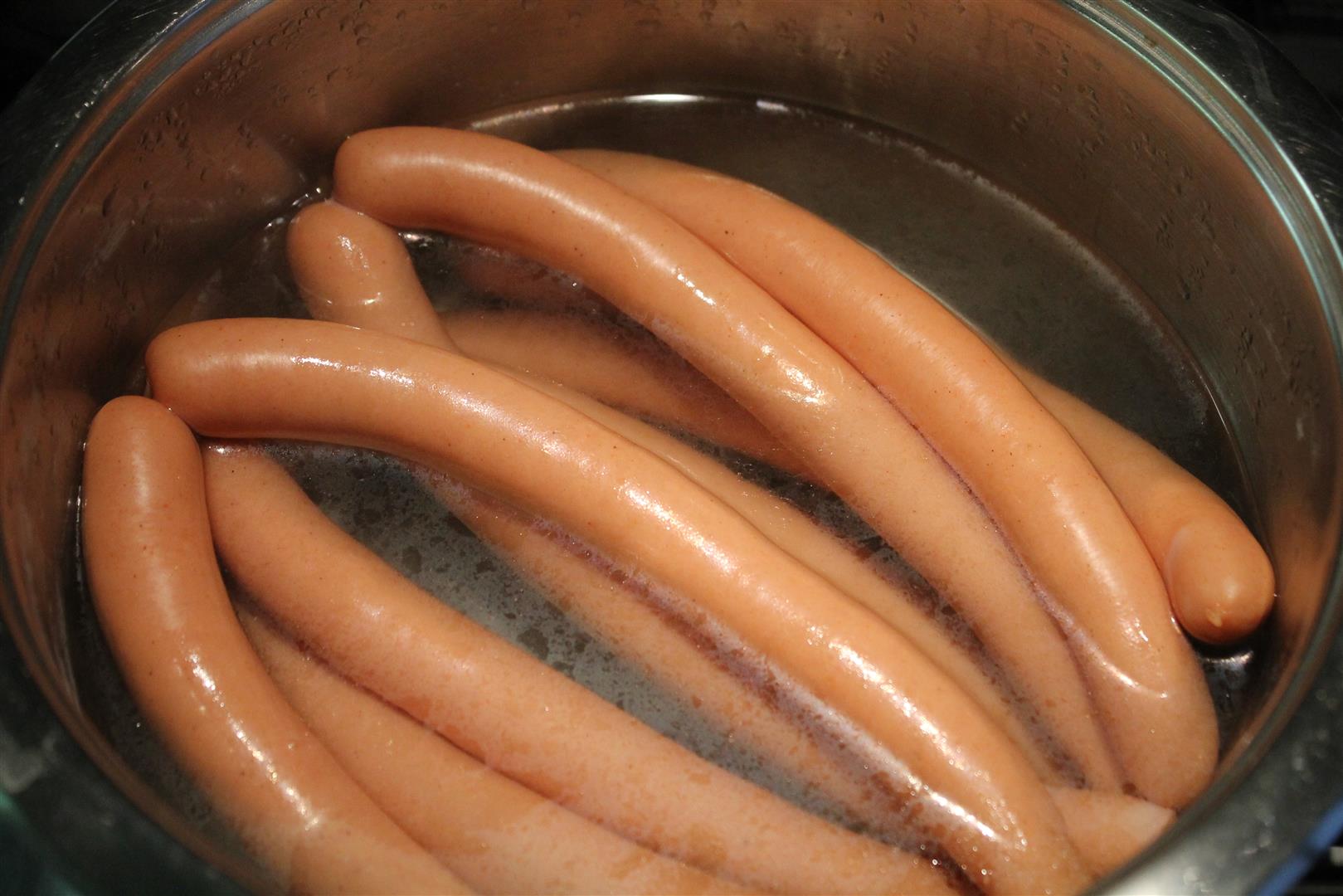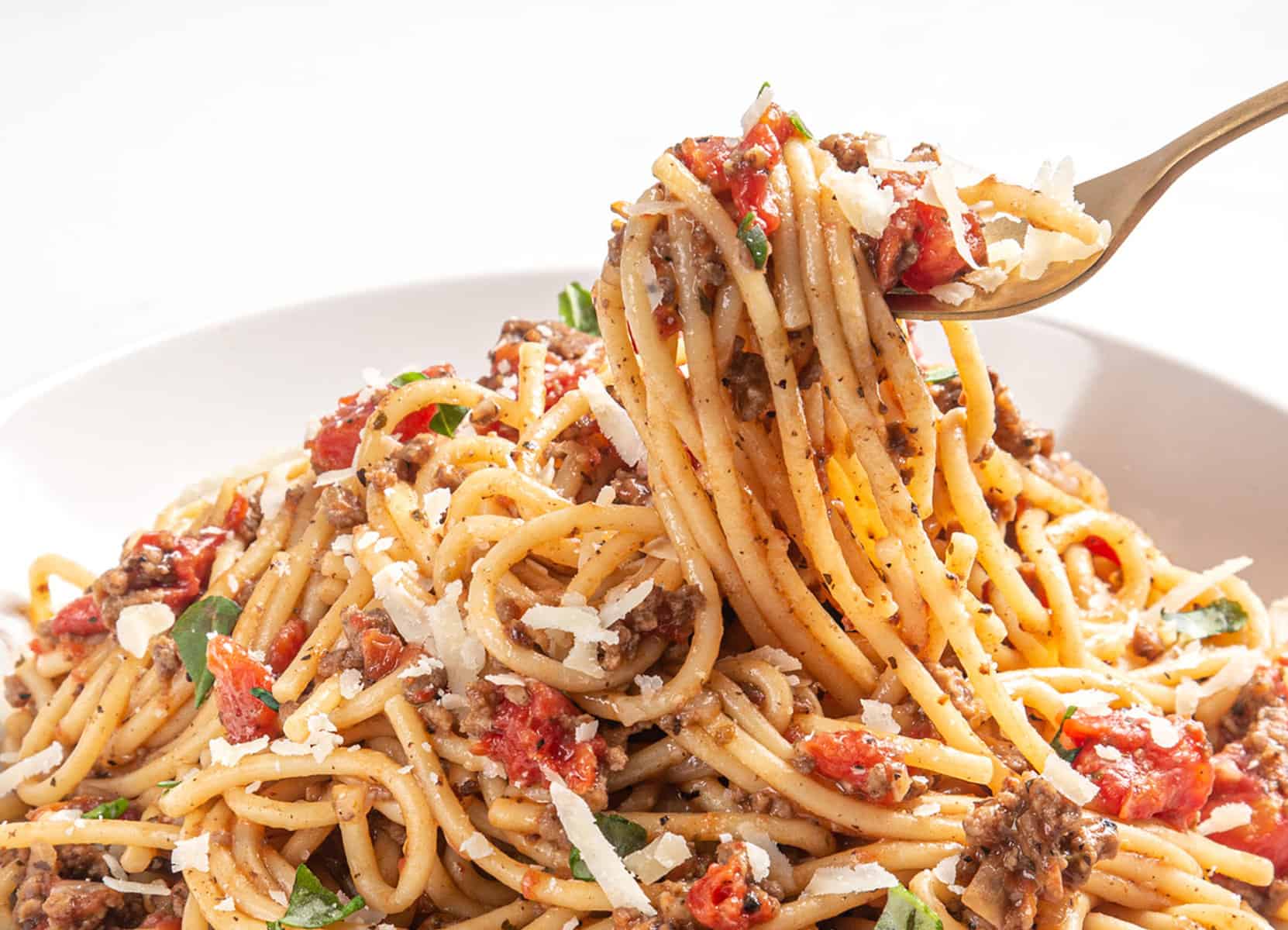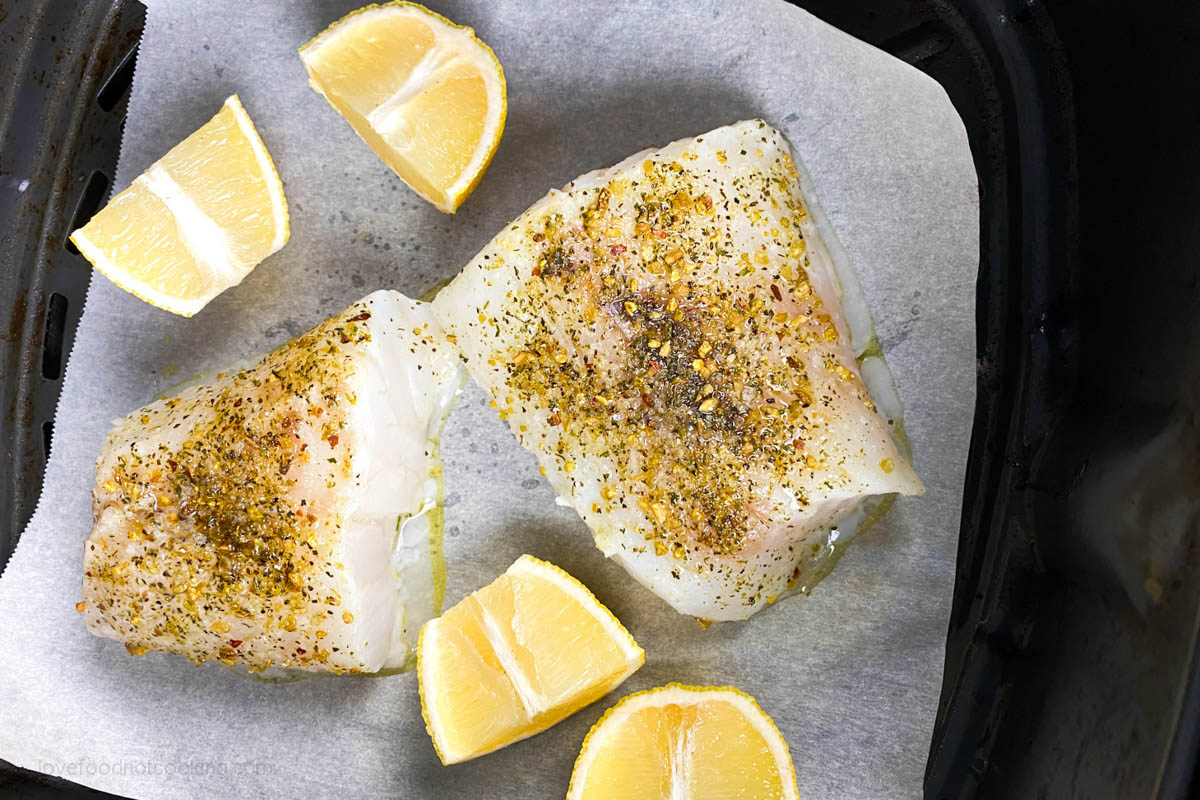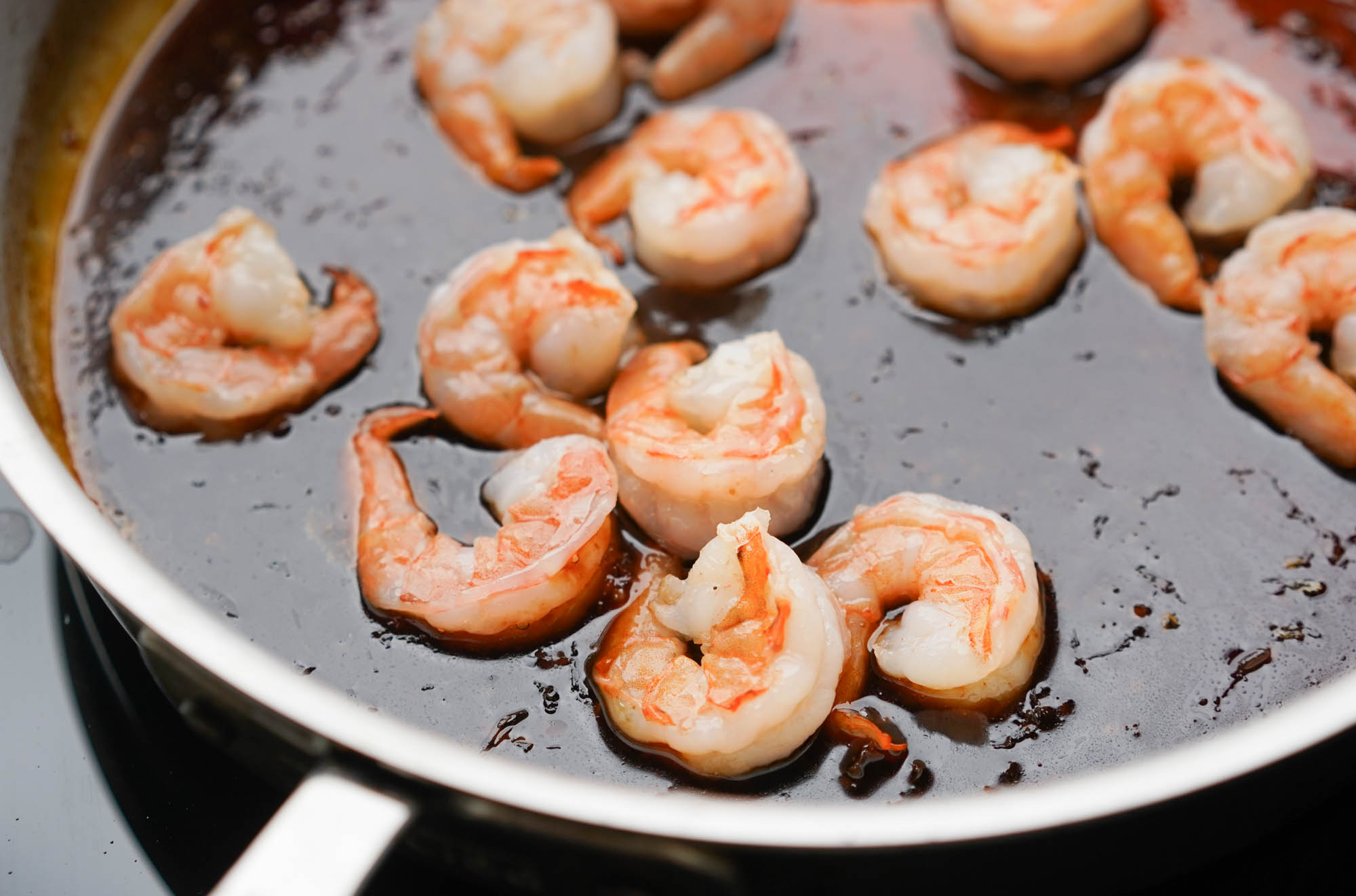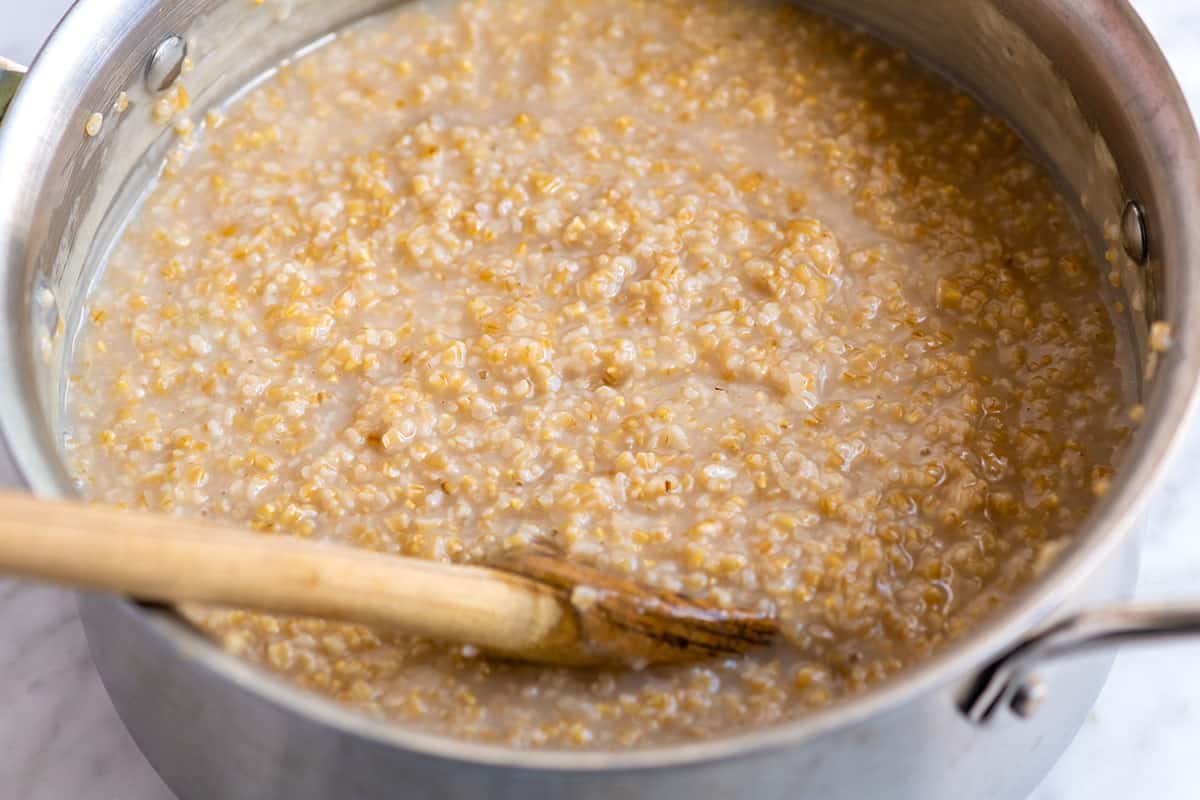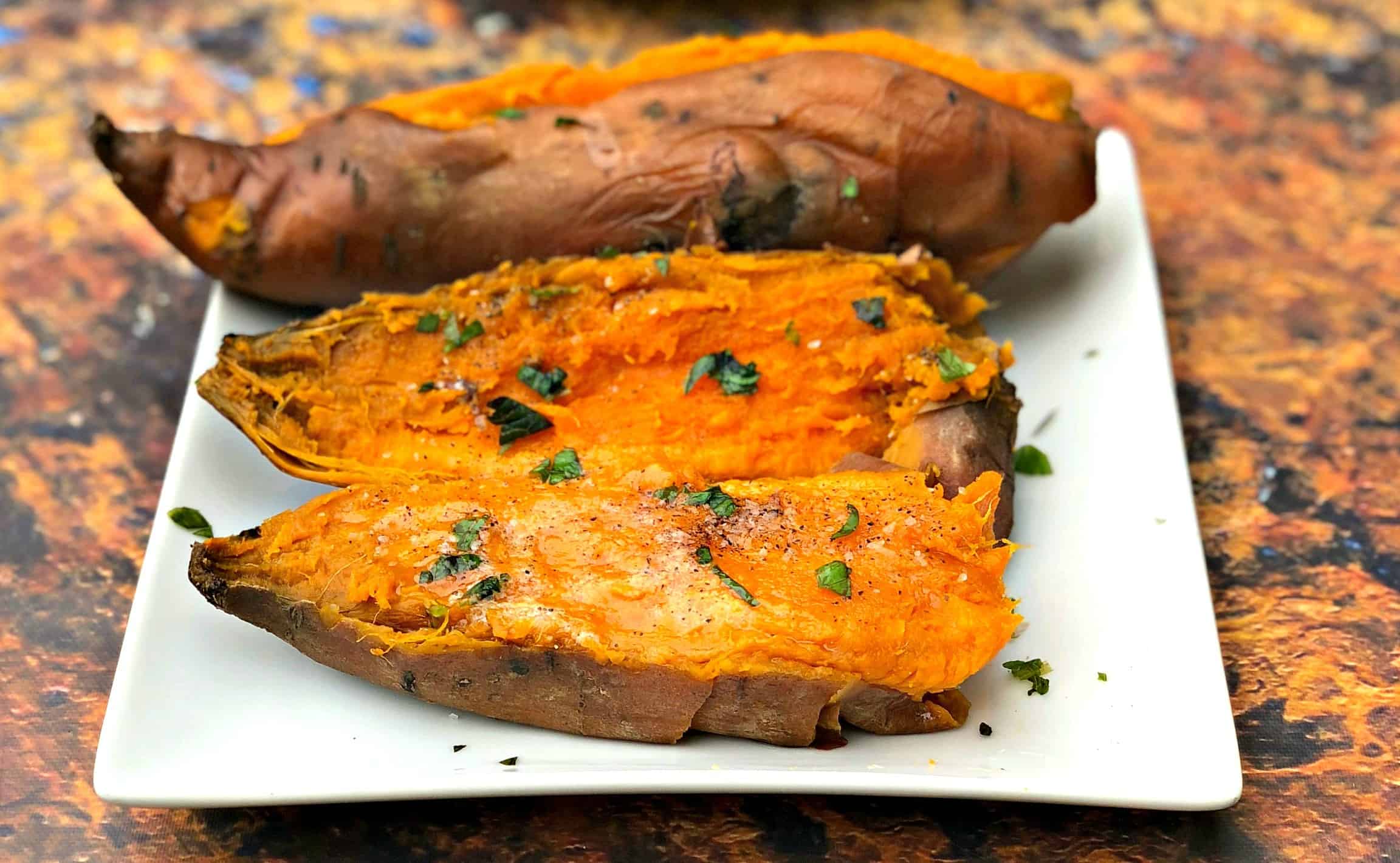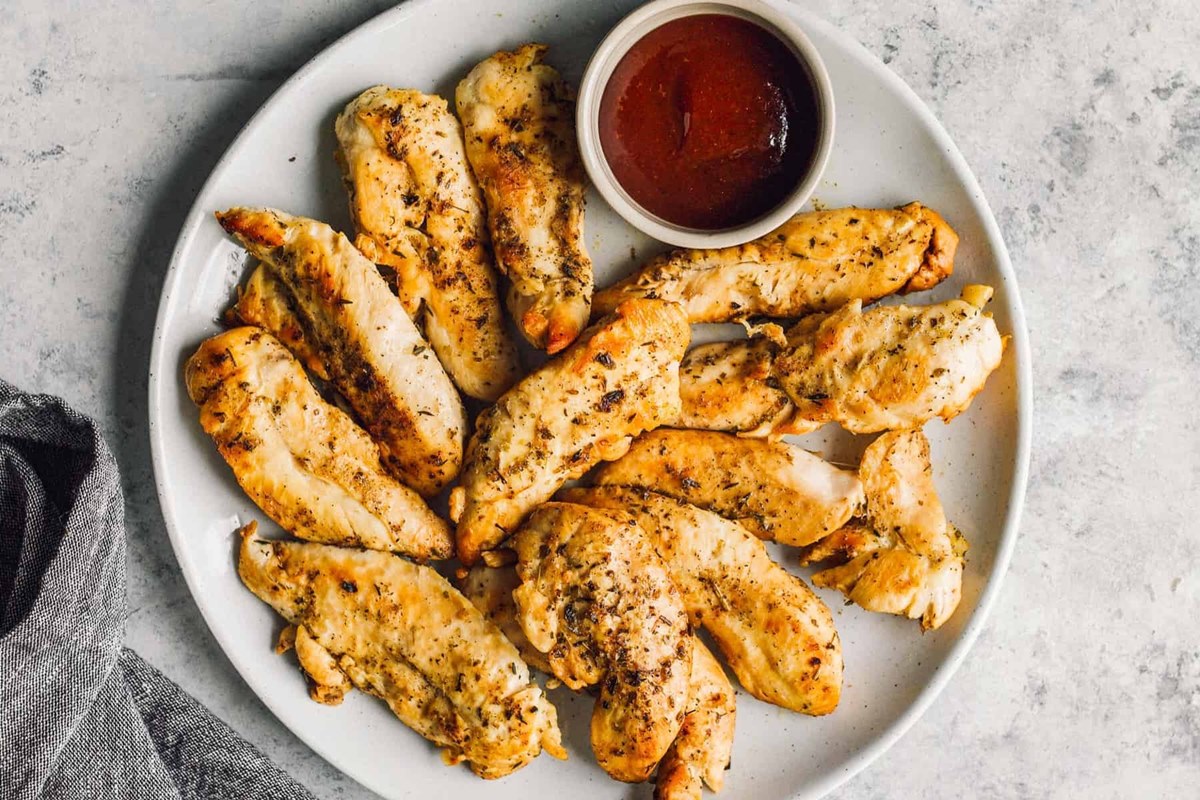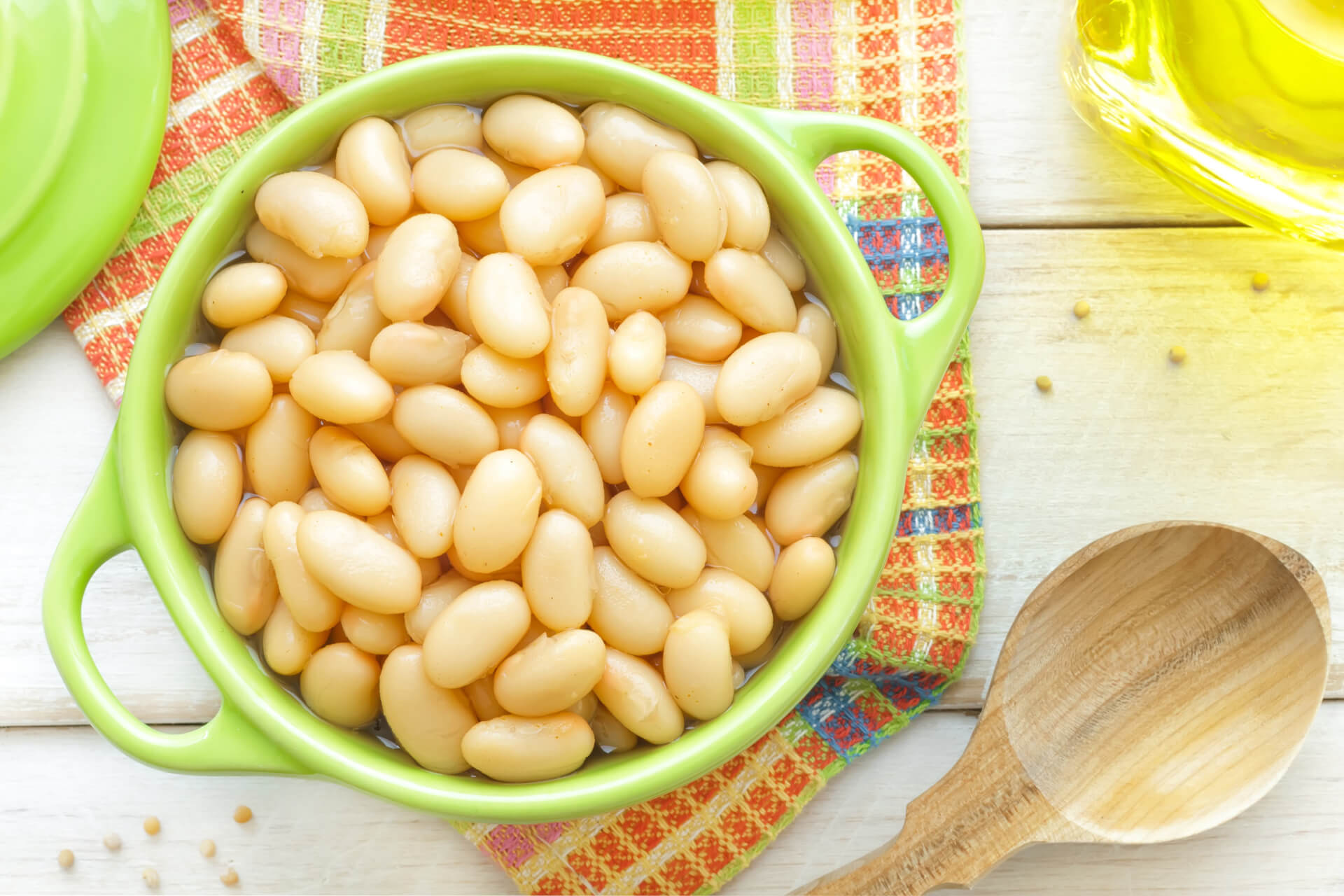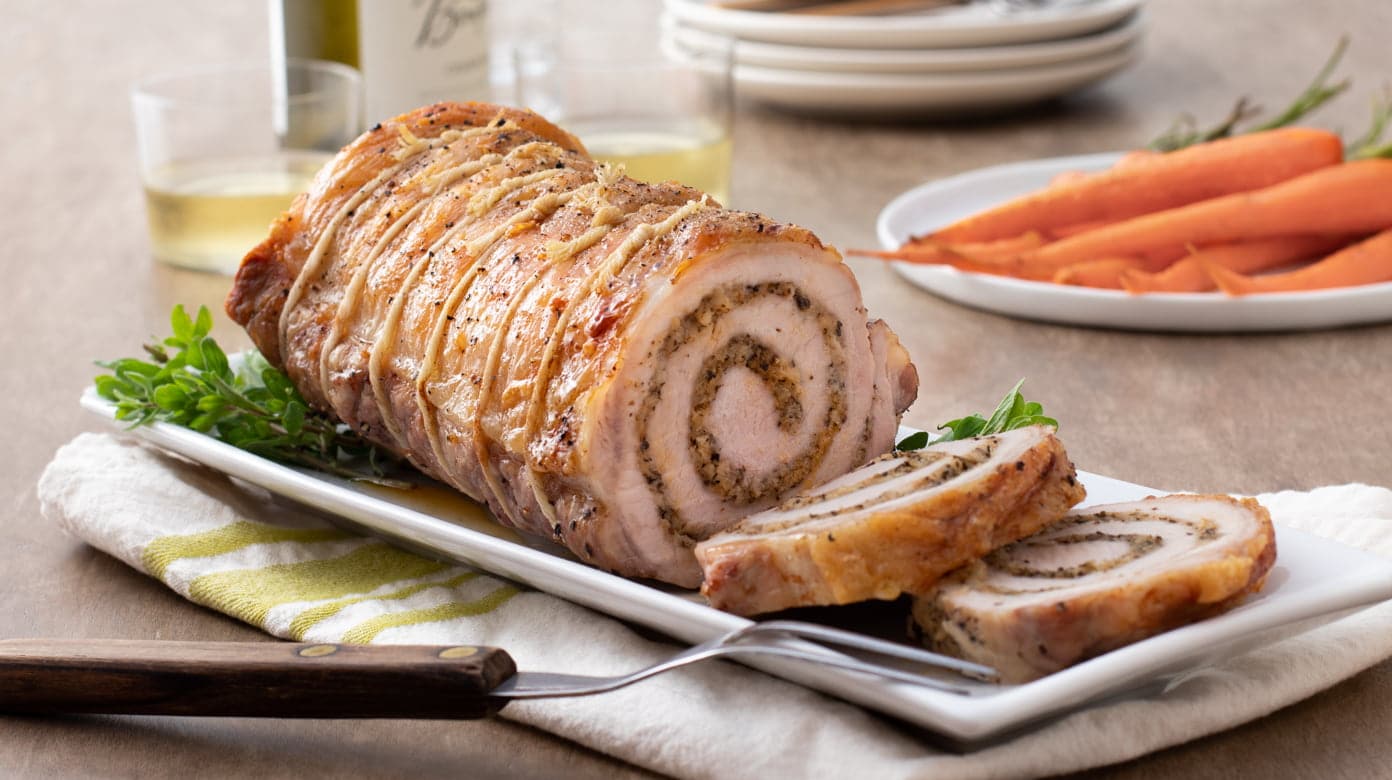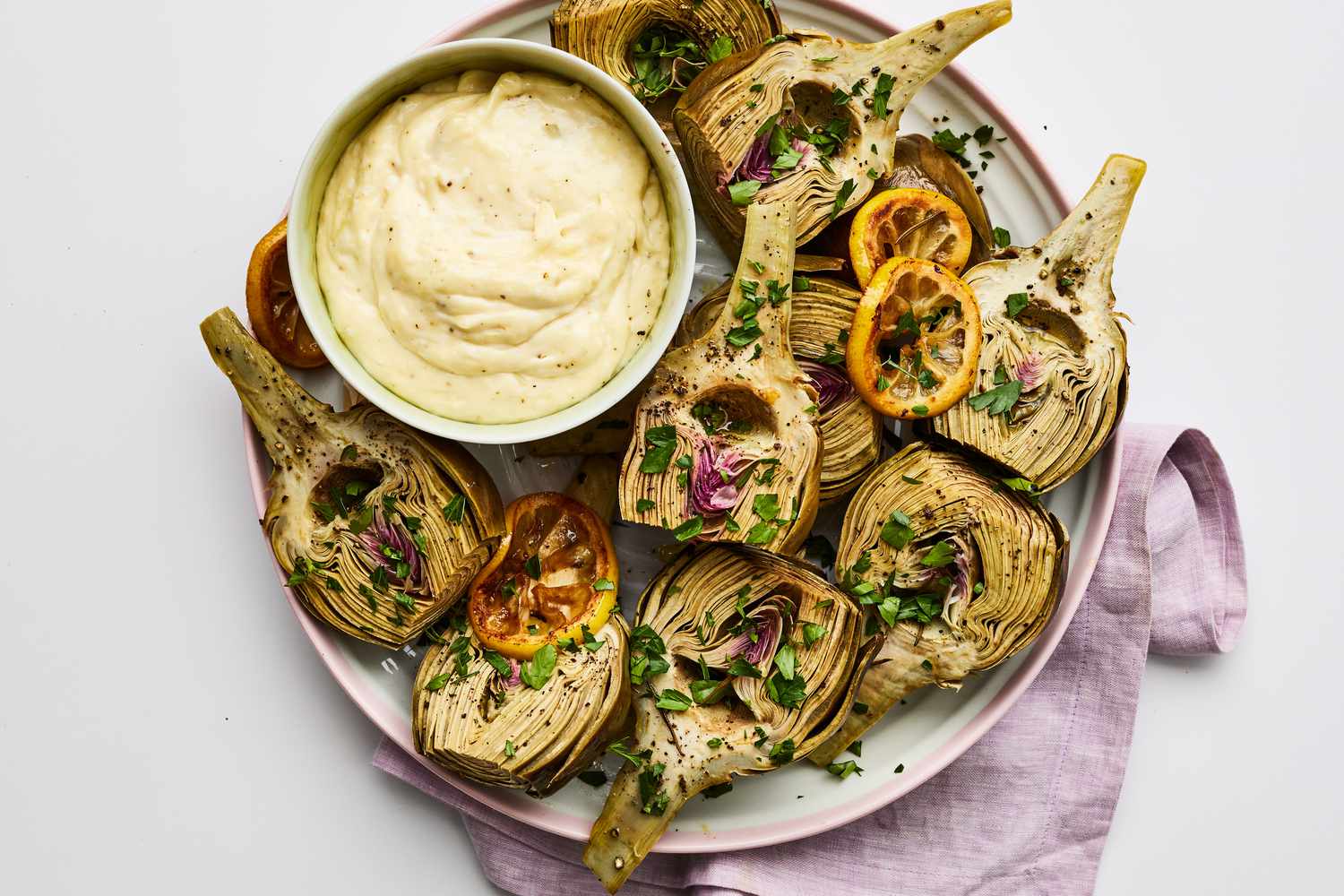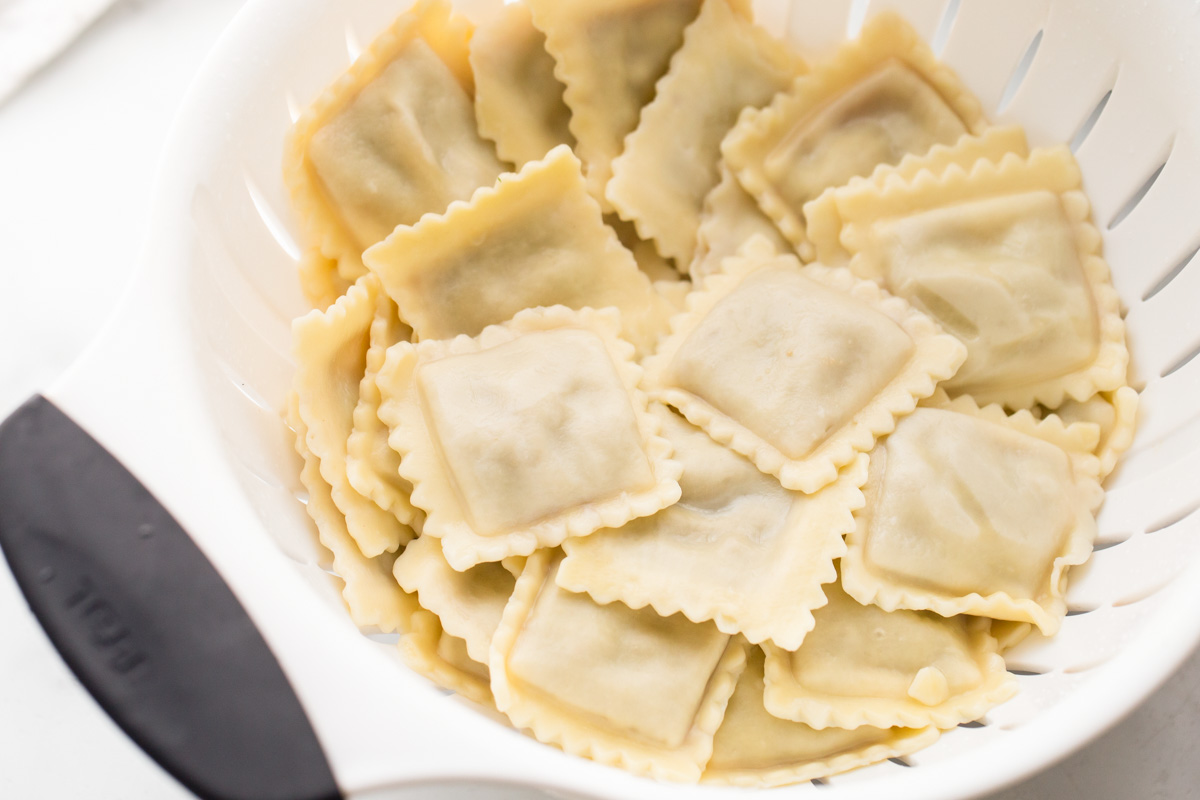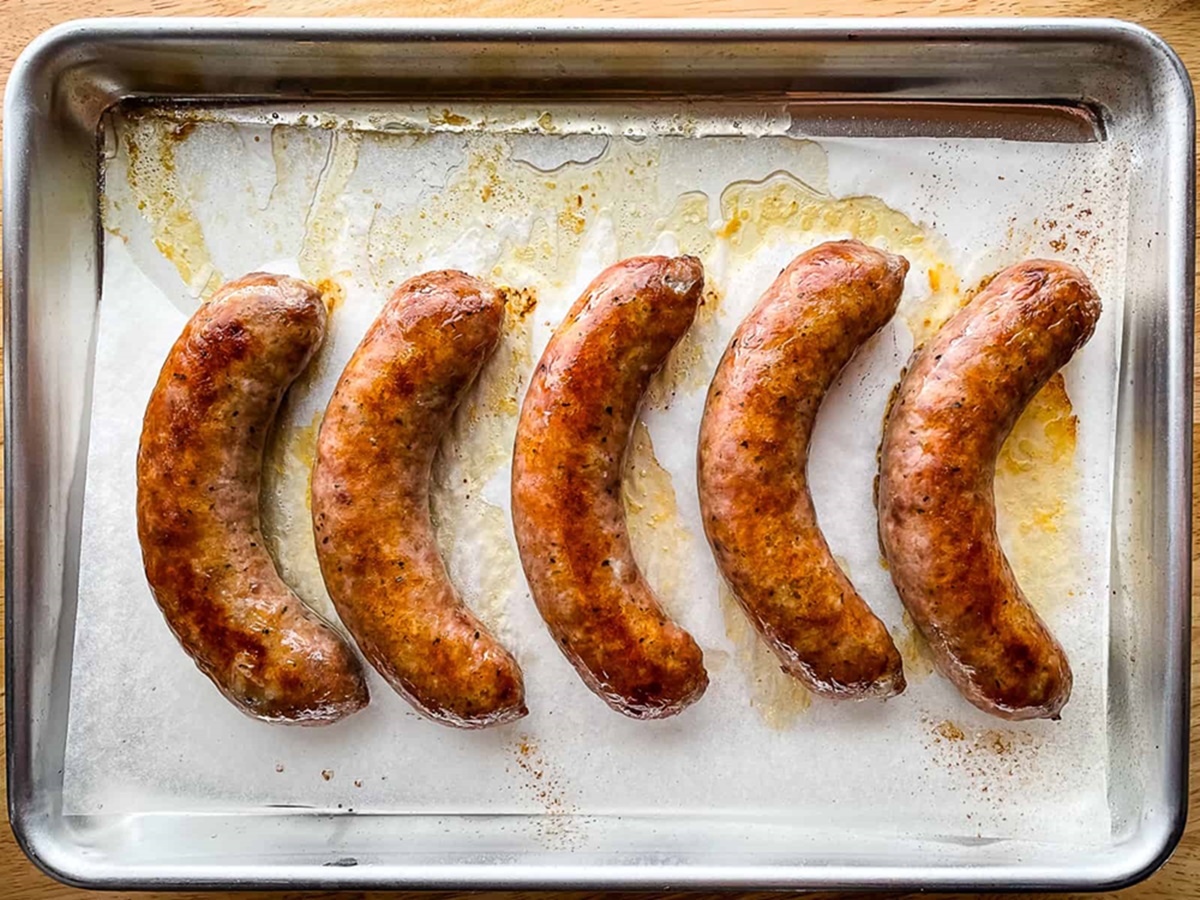Master the Art of Cooking Rice in a Stovetop Pressure Cooker
When it comes to cooking rice, a stovetop pressure cooker can be a game-changer. Not only does it reduce cooking time, but it also ensures perfectly fluffy and tender rice every time. If you’re new to using a pressure cooker or just looking to up your rice-cooking skills, you’ve come to the right place. In this article, we’ll guide you through the step-by-step process of cooking rice in a stovetop pressure cooker.
Gather Your Ingredients
Before we dive into the cooking process, let’s gather our ingredients:
- 1 cup of rice
- 1 ½ cups of water
- A pinch of salt (optional)
Step-by-Step Instructions
Follow these simple steps to cook rice to perfection in your stovetop pressure cooker:
- Rinse the Rice: Start by rinsing the rice under cold water until the water runs clear. This removes excess starch and helps prevent clumping.
- Add Rice and Water: Place the rinsed rice, water, and a pinch of salt (if desired) in the pressure cooker pot. Stir gently to combine.
- Secure the Lid: Ensure your pressure cooker is properly sealed and locked.
- Heat the Pressure Cooker: Place the pressure cooker on the stovetop and set the heat to medium-high.
- Bring to Pressure: Allow the pressure to build up inside the cooker until you see steam escaping from the valve. This can take a few minutes.
- Lower the Heat: Once the pressure is built up, lower the heat to medium-low. This will maintain the pressure and prevent the rice from sticking to the bottom.
- Cooking Time: Cook the rice for about 4-6 minutes under pressure. The exact cooking time may vary depending on your specific pressure cooker and the type of rice you’re using.
- Natural Release: After the cooking time, remove the pressure cooker from heat and allow the pressure to release naturally. This usually takes about 10 minutes.
- Open the Lid: Once the pressure is fully released, carefully open the lid of the pressure cooker, keeping your hands away from the steam.
- Fluff and Serve: Fluff the rice with a fork or rice paddle, and it’s ready to be served alongside your favorite dishes!
Now that you’ve mastered the art of cooking rice in a stovetop pressure cooker, you can enjoy perfectly cooked rice in a fraction of the time. Experiment with different types of rice, add in spices or herbs to enhance the flavor, or even try making rice dishes like pilaf or fried rice using your perfectly cooked rice as a base. The possibilities are endless!
Remember, practice makes perfect, so don’t be discouraged if your first attempt doesn’t turn out exactly as expected. Adjust the cooking time or water ratio based on your preference, and soon you’ll become a rice-cooking expert.
So, why wait? Dust off that stovetop pressure cooker and start cooking delicious rice today!
For anyone keen to master stovetop pressure cooker rice, there are a variety of recipes to try. The Classic White Rice Recipe is a great starting point, perfecting the basics before moving on to more complex flavors. Garlic Butter Rice offers a delicious twist with its rich, savory notes. For a refreshing side, Lemon Herb Rice provides a zesty balance of flavors. Those who enjoy a hint of sweetness might appreciate Coconut Rice. For a fusion of flavors, Ginger Soy Rice is a must-try, combining aromatic ginger with the umami of soy sauce. Finally, Tomato Basil Rice can add a fresh, Italian-inspired flair to any meal. Each of these recipes leverages the simplicity and efficiency of a pressure cooker, making them accessible and enjoyable for cooks at any skill level.
Was this page helpful?
Read Next: How To Cook Jasmine Rice In The Instant Pot
